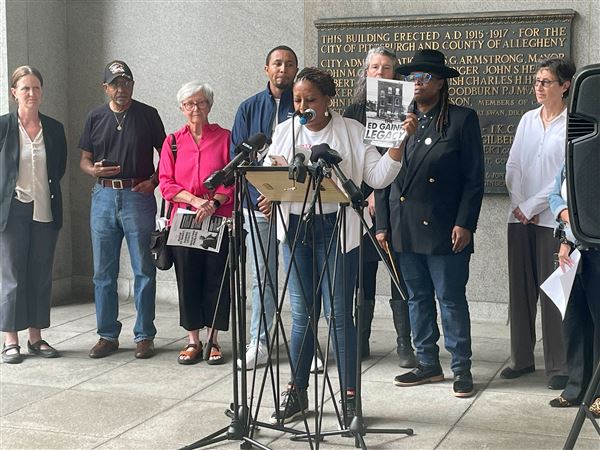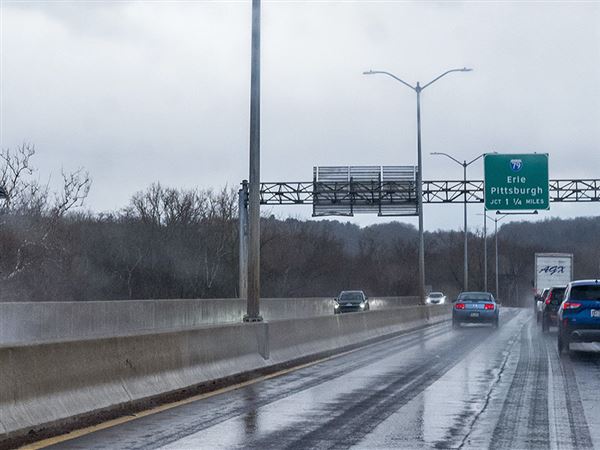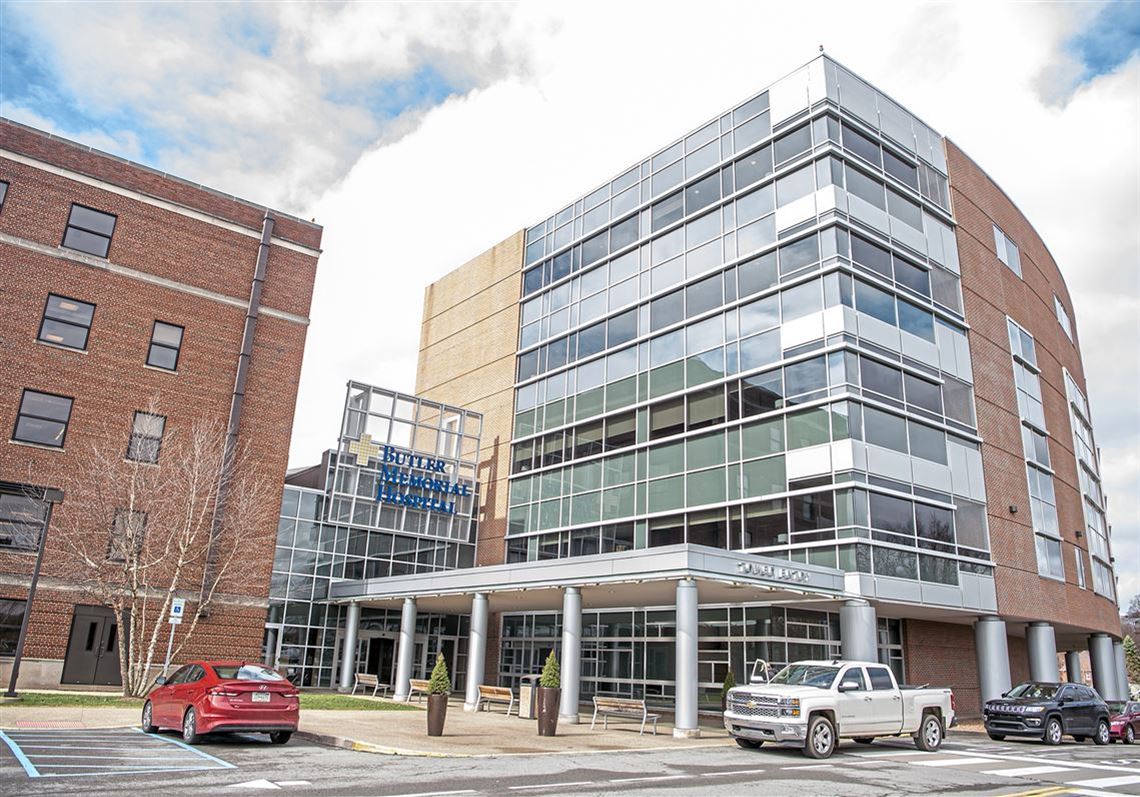The good news is Butler Health System has found new ways of juicing its balance sheets.
The not so good news is the full benefits of the new revenue will not be felt for a few years, stretching projected operating losses at BHS into 2026.
BHS is part of the five-hospital Independence Health System that was formed in January 2023 and includes Greensburg-based Excela Health. Although the two systems consolidated last year and a marketing campaign is underway to identify them as a single system, BHS and Excela continue to keep separate financial records.
Like virtually every other health care system in the U.S., Independence is struggling in the post-COVID-19 world with sharply higher labor costs and stagnant reimbursement for care. The problems for IHS are complicated by an aging patient population with Medicare and for-profit Medicare Advantage coverage and intense competition from health care giants Highmark and UPMC, both of which have opened health care facilities in BHS’ core service area of Butler County.
In a presentation to bondholders Thursday, BHS identified $81.5 million in new financial improvement initiatives, which are led by higher reimbursement rates from insurers for patient care. In all, the revenue enhancements are 19% higher than the $60.7 million in savings first identified in November by the system and business advisory outfit FTI Consulting, which has offices in Pittsburgh and has been helping BHS get out of a financial hole for 18 months.
“As a board, we are satisfied with our progress, but we are not satisfied with where we are,” IHS President and CEO Ken DeFurio told bondholders during a conference call.
IHS also has recently inked new managed care contracts with its three biggest commercial health insurers, which is expected to boost operational revenue for the system by $16 million in the first year, Chief Financial Officer Tom Albanesi said.
Despite the new revenue, BHS is on track to lose $28.5 million from operations for the 12 months ending June 30 — 34% less than the $43.2 million operational loss reported for the same period a year ago. The operating losses are expected to fall to $15 million in 2025 and $14.3 million in 2026, according to BHS, as operating expenses are projected to rise just 3.5% to $489.2 million over the two years.
Also, 70% of Butler’s patients have health coverage through a government program — an unusually high rate — which continues to increase, stifling the system’s ability to recover the rising cost of care, Mr. Albanesi said. The increase in patients with Medicare and other government-related health coverage has come at the expense of patients with commercial insurance, which have decreased.
Commercial insurers reimburse health systems at a higher rate than government providers.
“At some point, it’s got to plateau,” Mr. Albanesi said, but “we’re planning as if it’s not going to get better.”
BHS is expected to begin meeting its debt-coverage ratio of 1.10 in the first quarter of 2025, which is a metric used by bondholders and other lenders as a measure of financial health.
An entity with a debt of $1,000, for example, would need $1,100 in operating revenue to qualify for a loan with a 1.10 debt-coverage ratio, a standard BHS has not been able to meet.
BHS has $120 million in long-term debt, including a $15 million balance on a loan from Charlotte, N.C- based Truist Bank, and has been unable to meet the debt-coverage ratio for two consecutive years. Truist, which holds 38% of BHS’ long-term debt, “graciously” waived the loan requirement for the period before September 2023, but has not yet extended the grace through June 30, while negotiations with the bank continue, Mr. Albanesi said.
For its first 12 months as a single entity, IHS racked up combined operational losses of $71.4 million.
BHS’ bond rating was downgraded to junk status in April by Moody’s Ratings, which said another downgrade was possible if positive cash flow wasn’t achieved by 2025.
Kris B. Mamula: kmamula@post-gazette.com
First Published: June 13, 2024, 12:54 p.m.
Updated: June 14, 2024, 6:38 p.m.





















